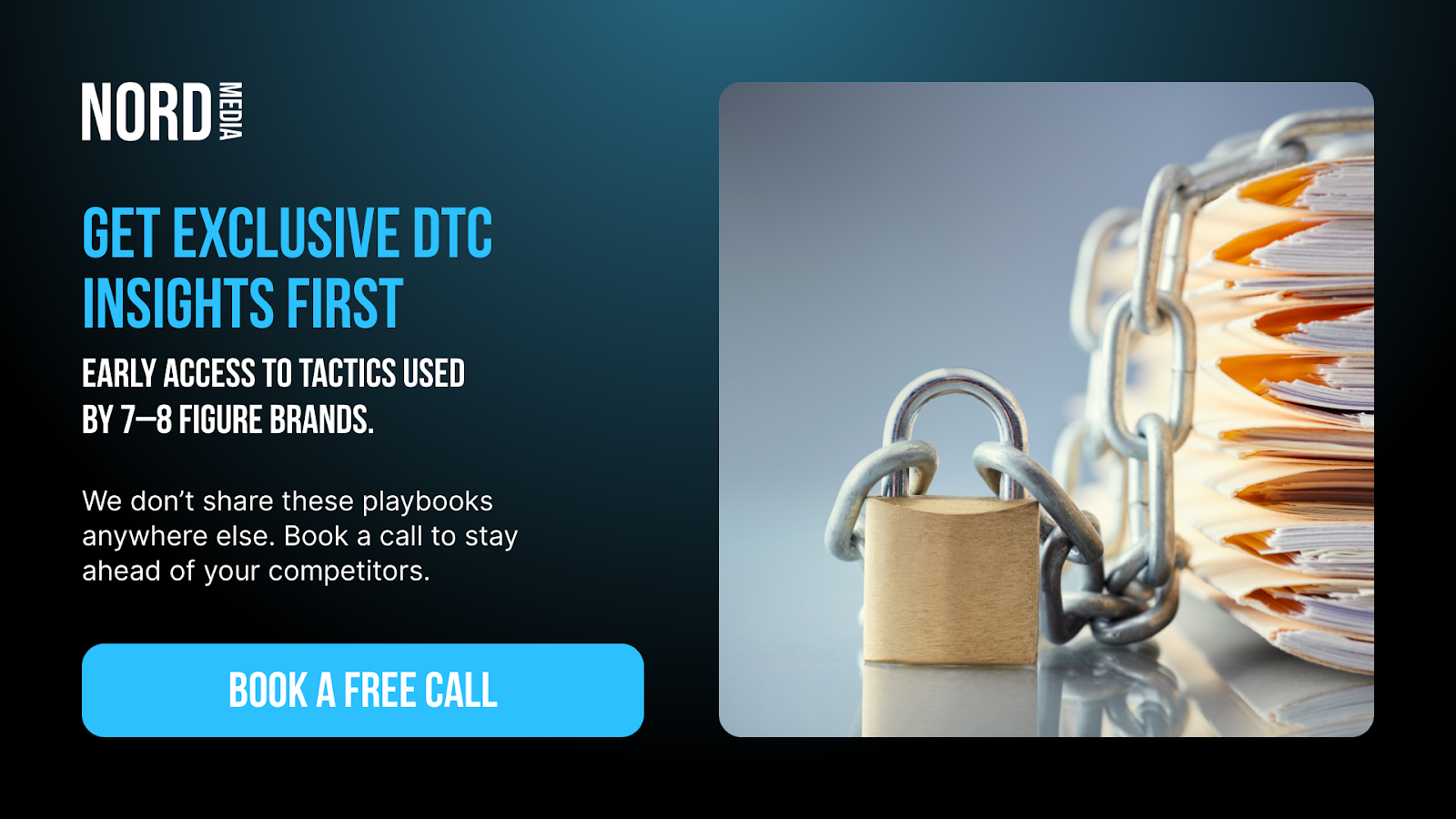Key Takeaways:
- Groundwork Dictates Success: Before launching, you must define clear business goals, thoroughly research high-intent keywords, and ensure your landing pages are engineered for conversion. Your ad is only as good as its destination.
- Targeting is Precision, Not Volume: Successful campaigns maximize ROI by segmenting audiences (demographics, interests, past behavior) and using Google's tools (e.g., in-market, custom intent) to reach only the users most likely to convert.
- Optimization is Ongoing: Treat your campaign launch as the starting line, not the finish. Focus on tracking key metrics (CTR, CPA, ROAS), regularly A/B testing ad variations, and shifting budget toward the highest-performing keywords and ad groups for sustainable growth.
Running Google Ads can feel like standing in the middle of Times Square, surrounded by flashing billboards, all competing for attention. For a beginner, throwing money at keywords and hoping clicks magically turn into customers is tempting. But in reality, running profitable Google Ads is less about guesswork and more about discipline, strategy, and understanding how the platform works.
At Nord Media, we’ve managed millions in ad spend across DTC, eCommerce, and growth-focused brands. What separates winning campaigns from wasted budgets isn’t who spends the most; it's who sets up their campaigns with clarity, optimizes precision, and measures success by the correct numbers.
This article will walk you through how to run Google Ads like a pro, breaking down everything from campaign setup to targeting, bidding, and optimization. Whether launching your first ad or trying to stop bleeding budget from underperforming campaigns, you’ll leave with actionable insights to build a system that scales profitably.
What You Need To Know Before Running Google Ads
Google Ads can be a transformative growth engine for modern businesses, but the road to successful campaigns starts with solid groundwork. Here’s what you need to know before launching your first campaign.
Understand Your Business Goals
Define what you want to achieve: brand awareness, lead generation, or direct sales. Clear objectives will guide your campaign strategy and budget allocation.
Identify Your Target Audience
Pinpoint your ideal customers by demographics, interests, and online behavior. Use data insights to shape messaging that speaks directly to them.
Set A Realistic Budget
Establish how much you’re willing to invest and allocate funds across campaigns and ad groups. Start small, learn, and optimize as you scale.
Research Relevant Keywords
Identify high-intent keywords aligned with your business and audience. Use keyword tools to balance search volume, competition, and cost-effectiveness.
Ensure A Strong Landing Page
Your ad is only as good as its destination. Design landing pages that are visually engaging, user-friendly, and engineered for conversions.
Track And Measure Results
Implement robust conversion tracking systems from the start. Monitor performance, analyze data, and pivot strategies based on measurable outcomes.

Setting Clear Campaign Objectives In Google Ads
Launching a Google Ads campaign without a defined purpose is like navigating without a map. Clear objectives direct your ad strategy and form the foundation for measurable, sustainable growth. Here’s how to set focused, results-driven campaign goals.
Align With Business Outcomes
Begin by identifying the business results you want to achieve, such as increasing website traffic, generating qualified leads, or boosting product sales. Match these goals with the available Google Ads campaign types to maximize relevance and impact.
Define Precise Success Metrics
Success hinges on selecting quantifiable Key Performance Indicators (KPIs). Whether it’s conversion rates, cost per acquisition, or return on ad spend, ensure your metrics reflect your chosen objective and enable real-time optimization.
Segment By Audience And Market
Tailor your objectives to your target market and audience segments. Use Google Ads' robust targeting capabilities, by location, demographics, and interests, to ensure every impression is purposeful and drives business momentum where it matters most.
Choosing The Right Google Ads Campaign Type
Selecting the right campaign type is pivotal for driving measurable results and maximizing ROI. Each campaign type offers unique strengths aligned to different business objectives and audiences.
Search Campaigns
Ideal for capturing high-intent audiences actively searching for your services or products. Ads appear in Google search results, connecting your brand directly with motivated users.
Display Campaigns
Expand your reach and build awareness by placing visually engaging ads across millions of websites and apps. Ideal for retargeting or promoting brand recall.
Video Campaigns
Leverage the power of YouTube and partner sites to share stories, educate, or drive consideration through compelling, targeted video advertising.
Shopping Campaigns
Shopping campaigns are perfect for e-commerce brands that aim to showcase and sell products directly in Google search. They display product images, prices, and business details, streamlining the path to purchase.
App Campaigns
Accelerate app downloads and engagement across Google Search, Play Store, YouTube, and the Display Network. Campaigns are optimized automatically for reach and performance.
Performance Max Campaigns
Use Google’s machine learning to run ads across all platforms with a single campaign, optimizing for specific business goals like leads, sales, or store visits.
How To Target The Right Audience With Google Ads
Effectively targeting your audience is the cornerstone of successful Google Ads campaigns. By precisely defining who sees your ads, you ensure your message reaches those most likely to convert, maximizing both impact and ad budget. Here’s how to target the right people and drive measurable business results.
Define Your Ideal Customer Profile
Start by outlining demographic details like age, gender, location, and profession. Delve into their interests, online behaviors, and pain points. The more specific you are, the more tailored your campaign becomes.
Utilize Audience Segmentation
Segment your audiences by factors such as intent, recent actions, or engagement level. Use Google’s built-in options like affinity audiences, in-market segments, and custom intent audiences to group users more precisely.
Leverage Location And Language Targeting
Target specific geographies down to the city or radius, and select the languages your target audience uses. This is crucial for regional campaigns, allowing you to focus your budget on the most relevant markets.
Harness Remarketing Lists
Build and deploy remarketing lists to re-engage users who have previously visited your site or interacted with your brand. These users already know you, and remarketing helps increase their likelihood of conversion.
Use Keyword And Placement Targeting
Identify high-intent keywords and relevant website placements to ensure your ads appear where your audience is actively searching or browsing. Regularly optimize these based on campaign data for best results.
Analyze And Refine
Continually monitor campaign performance across audience groups, adjusting targeting based on what’s delivering the strongest engagement and ROI. Experiment with exclusions to further sharpen your reach.

Writing High-Converting Google Ads Copy
A compelling ad is equal parts art and science. A flawless strategy can fall short if the copy lacks clarity or punch. Here’s how to craft Google Ads that convert.
Understand Your Audience
Precision matters; develop a crystal-clear profile of your target user. Speak directly to their needs, motivations, and pain points to foster immediate relevance.
Highlight Unique Value
Lead with your differentiator. Clearly state why you’re the best choice, with exclusive features, local expertise, or measurable ROI, which can make you stand out in competitive digital landscapes.
Use Action-Oriented Language
Drive users to act. Strong verbs and concise phrases like “Get Started,” “Book a Demo,” or “Unlock Savings” incite curiosity and engagement.
Leverage Keywords Strategically
Integrate high-intent keywords naturally into headlines and descriptions. This boosts relevance and click-through rates, linking user intent to your solution.
Prioritize Clarity And Brevity
Every character counts. Remove fluff and deliver your message with sharp focus. Readers scroll fast, so clarity wins attention.
Create A Sense Of Urgency
Incentivize swift action with time-limited offers, exclusive deals, or stock alerts. Subtle urgency nudges users toward conversion without sounding pushy.
Managing Budgets, Bidding, And Performance Metrics
Navigating Google Ads requires smart budget management, bidding strategies, and key performance data. Mastering these elements fuels sustained, measurable business growth.
Setting Smart Budgets
Establish clear daily or campaign budgets aligned with your goals. Monitor spending closely and adjust based on campaign performance and seasonal trends.
Choosing The Right Bidding Strategy
Select from options like Manual CPC, Maximize Clicks, or Target CPA. Choose strategies that match your goals, brand reach, conversions, or cost efficiency, and remain agile, adapting as your data evolves.
Tracking Key Performance Metrics
Focus on metrics such as click-through rate (CTR), cost per click (CPC), cost per acquisition (CPA), conversion rate, and return on ad spend (ROAS). Set benchmarks and review them regularly to identify growth opportunities.
Continuous Optimization
Refine your campaigns using A/B testing and audience segmentation. Analyze campaign data and iterate; modern advertising thrives on constant improvement backed by real insights.
Optimizing Google Ads For Long-Term Profitability
A results-driven Google Ads strategy doesn’t stop at launch. Ongoing optimization ensures your campaigns evolve with market shifts, audience behaviors, and new opportunities. Here’s how to nurture your campaigns for sustainable returns.
Leveraging Data For Continuous Improvement
Track key performance indicators, such as click-through rates, conversion rates, and cost-per-acquisition, regularly. Use automated rules and real-time reporting to identify patterns, cut underperforming keywords, and boost budget for high-converting segments.
Refining Audience Targeting
Segment your audiences based on location, interests, and device usage. Exclude irrelevant demographics and use remarketing lists to re-engage site visitors. Over time, layer custom intent and lookalike audiences for precision targeting.
Experimenting With Ad Variations
A/B test headlines, descriptions, and images. Rotate ads to see what resonates, and align creative with emerging trends and seasonal shifts. Small message tweaks can deliver big performance gains.
Optimizing Budget Allocation
Allocate more budget to campaigns, keywords, and ads that generate the most substantial returns. Analyze the performance at granular levels, down to time of day or device, to ensure funds support your most effective tactics.
Enhancing Landing Page Experience
Deliver seamless user journeys from ad click to conversion. Optimize landing pages for speed, mobile usability, and relevant content. Continuously test page layouts and calls to action to maximize conversion rates.

Final Thoughts
Running Google Ads profitably isn’t about who spends the most; it’s about who pays the smartest. You can transform Google Ads from a costly experiment into a scalable growth engine by setting clear objectives, targeting with precision, writing compelling ad copy, and continuously optimizing based on data. Whether you’re just starting or fine-tuning existing campaigns, the key lies in consistent testing, tracking, and adapting to what works. Approach it with discipline and strategy; your ads will do more than generate clicks, they’ll drive meaningful business results.
Read also:
- The Ultimate Ecommerce Growth Strategy: How To Scale Profitably In 2025
- Facebook Ads Vs Google Ads: Performance Benchmarks For Ecommerce Marketers
- What Is Paid Media And Why It’s Essential For Scaling Your Online Store
Frequently Asked Questions About How To Run Google Ads Like A Pro: A Complete Beginner’s Guide
What types of campaigns can I run on Google Ads?
Google Ads offers various campaign types tailored to your business goals and audiences. You can choose from Search campaigns (ads appearing in search results), Display campaigns (visual ads across millions of websites and apps), Video campaigns (on YouTube and partner sites), Shopping campaigns (for e-commerce product listings), and App campaigns (to promote app downloads and engagement).
How much does it cost to advertise on Google Ads?
Google Ads operates on a pay-per-click (PPC) and auction-based model, so costs vary widely depending on your industry, competition, targeting, and ad quality. You set your budget, whether a daily or campaign-level cap, meaning you’re always in control. With careful management, even modest budgets can yield impressive returns.
What is Quality Score in Google Ads?
Quality Score is Google’s rating of the relevance and quality of your keywords, ads, and landing pages. It’s a crucial factor, as higher Quality Scores often lead to lower costs per click and better ad placements. Quality Score is influenced by expected clickthrough rate, ad relevance, and landing page experience.
How does the bidding system work in Google Ads?
Google Ads uses a real-time auction system. You set a bid, the maximum amount you’re willing to pay for a click, but your actual cost is often lower, determined by the next-highest bid and your Quality Score. Bid strategies range from manual control to automated solutions to maximize clicks, conversions, or return on ad spend.
How should I structure my ad groups?
Effective ad group structure is key to relevancy and performance. Organize ad groups by tightly themed keywords and messaging, ensuring each ad speaks directly to user intent. This boosts Quality Score, clickthrough rate, and conversions.
What are ad extensions and how do I use them?
Ad extensions add valuable information to your search ads, such as site links, call buttons, location details, and more, making your ad more useful and engaging. These extensions can significantly improve clickthrough rates and ad visibility.












